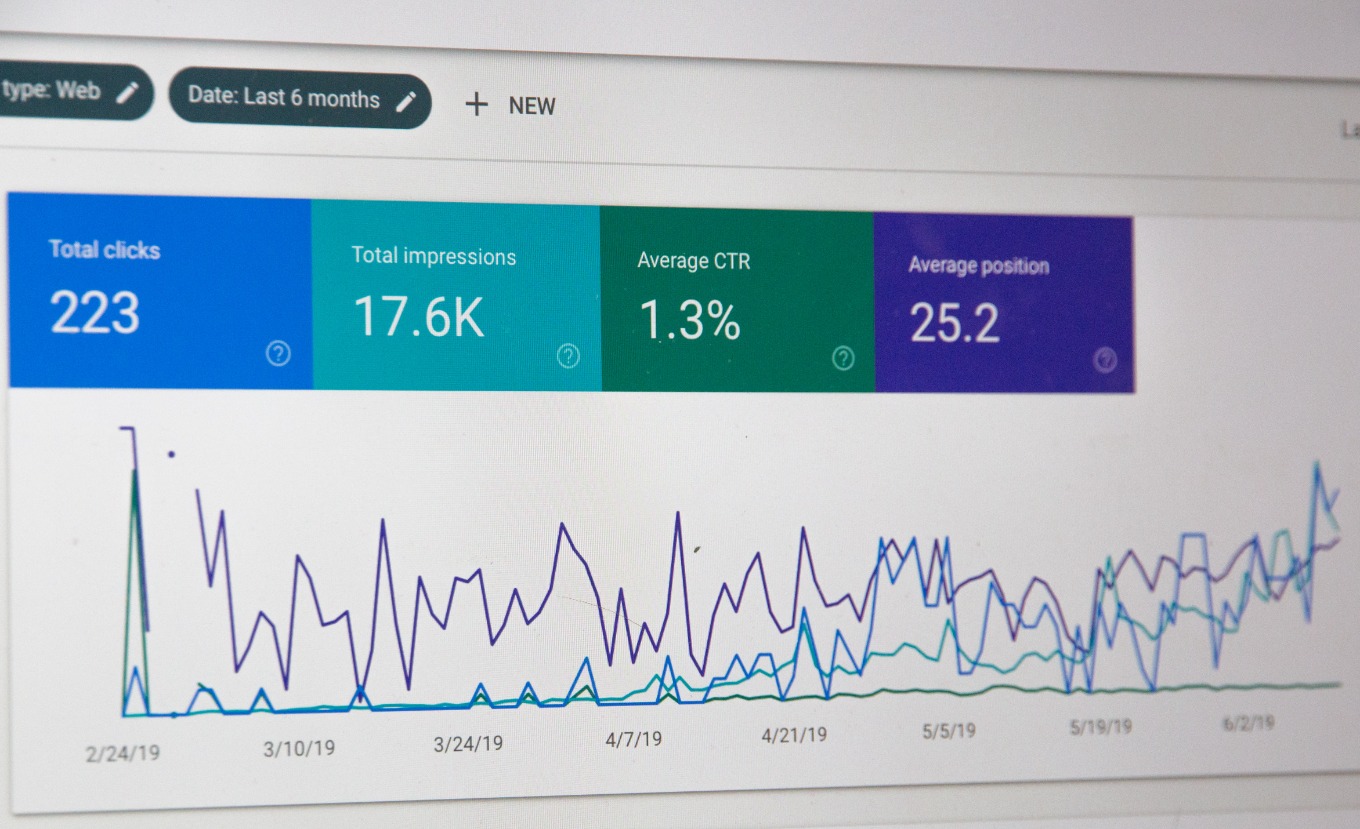How to Budget Effectively for Reach Compliance Consultancy Services
The importance of assuring your organization’s full compliance with the European Chemical Agency’s (ECHA) Registration, Evaluation, Authorisation, and Restriction of Chemicals (REACH) regulations cannot be overstated. These regulations are designed to ensure the protection of human health and the environment from the risks that can be posed by chemicals. Non-compliance can not only be costly in terms of fines, but it can also damage your organization’s reputation, and in the most severe cases, halt production. Engaging the services of a REACH Compliance Consultant is an effective way to ensure compliance, but these services can be costly, hence the need for an effective budgeting strategy.
Before delving into the intricacies of budgeting for such a service, it is important to understand the role of a REACH Compliance Consultant. This professional acts as a liaison between your organization and the regulatory bodies. They assess your current compliance status, identify potential gaps, provide recommendations, and support in the implementation of the necessary actions to ensure compliance.
Budgeting for a REACH Compliance Consultant, like budgeting for any high-level professional service, is an exercise in cost-benefit analysis. It requires an in-depth understanding of the potential costs of non-compliance, as well as the potential benefits of ensuring compliance.
The budgeting process begins with a thorough risk assessment. This involves identifying all the potential risks associated with non-compliance. Such risks could include fines, loss of market share, and potential damage to the organization's reputation. The next step is to attach a quantifiable value to these risks. For example, the cost of a fine can be directly quantified, while the potential loss of market share can be estimated using statistical models.
Once the potential costs of non-compliance have been quantified, the next step is to estimate the cost of ensuring compliance. This involves identifying all the potential actions that need to be taken to ensure compliance and estimating the cost of each action. Such actions could include altering production processes, training staff, or hiring a REACH Compliance Consultant.
At this stage, it is worthwhile to delve into the Pareto Principle, popularly known as the 80-20 rule. In the realm of compliance, this principle posits that 80% of your compliance issues can be resolved by addressing just 20% of your compliance gaps. Therefore, it is crucial to prioritize the tasks that will yield the most significant compliance gains.
A key aspect of this prioritization process is the identification of the tasks that can be effectively handled internally and those that require the expertise of a REACH Compliance Consultant. This is where a cost-benefit analysis comes in. If the cost of hiring a consultant is less than the potential cost of a non-compliance issue that could arise due to lack of expertise, then hiring a consultant is a cost-effective option.
Once all the potential costs and benefits have been identified and quantified, the final step is to compare these costs and benefits. If the benefits of ensuring compliance outweigh the costs, then it is clear that the organization should invest in a REACH Compliance Consultant. However, if the costs outweigh the benefits, then the organization may need to explore other options.
It should be mentioned that this method of budgeting is largely based on the rational choice theory, which assumes that individuals and organizations will make decisions that maximize their benefits and minimize their costs. However, this theory has been criticized for its assumption of perfect information and its failure to account for emotional and psychological factors in decision-making. Therefore, while this method can provide a solid foundation for budgeting for a REACH Compliance Consultant, it should not be the only factor considered in the decision-making process.
In conclusion, budgeting for a REACH Compliance Consultant is a complex process that requires a thorough understanding of the potential costs and benefits. By utilizing a risk-based approach and incorporating concepts from the Pareto principle and rational choice theory, organizations can make informed decisions that will ensure compliance and protect their bottom line. However, this process should be flexible and adaptable to accommodate the unique needs and circumstances of each organization.
Engaging the services of a REACH Compliance Consultant is an effective way to ensure compliance, but these services can be costly, hence the need for an effective budgeting strategy.






